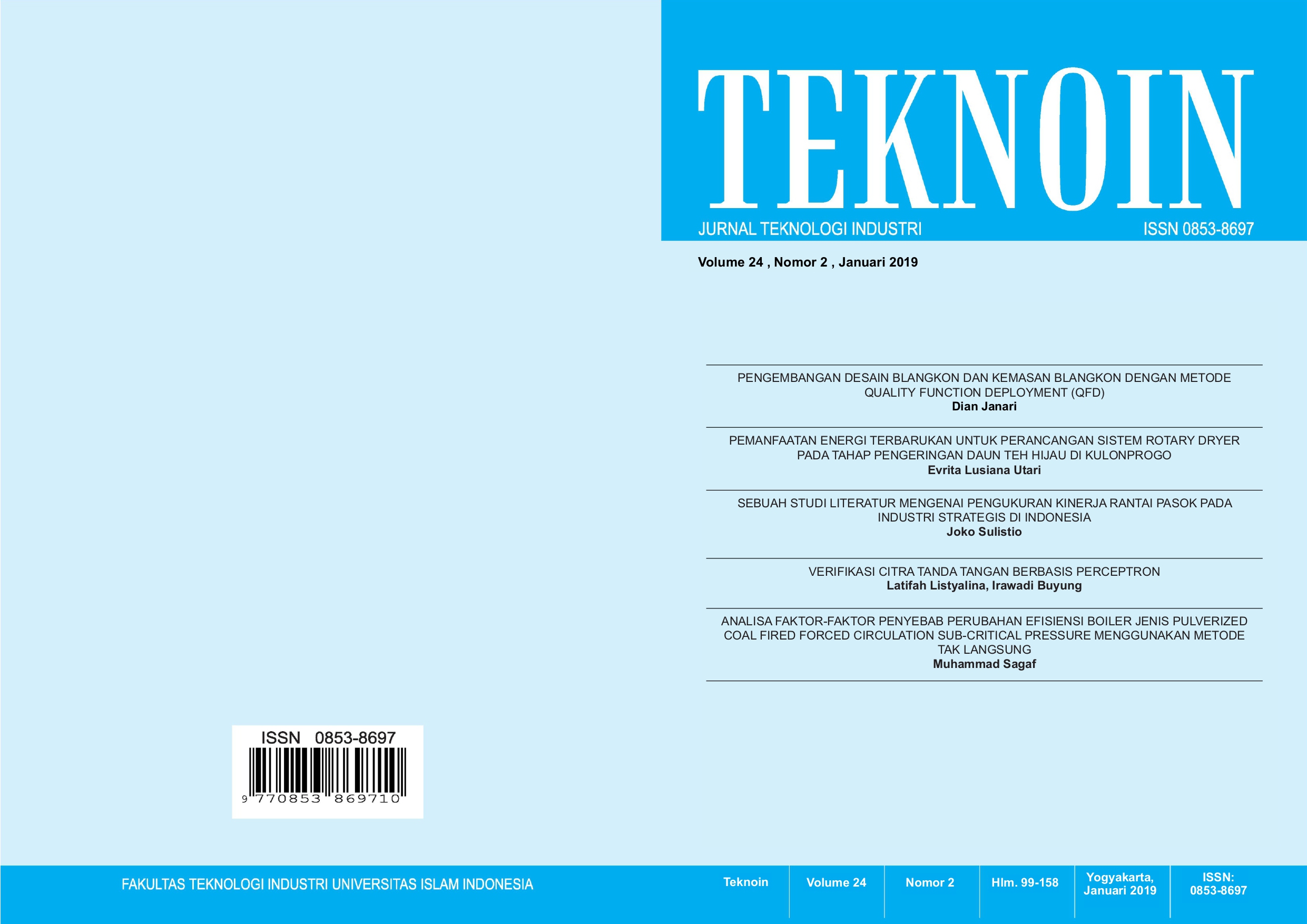Main Article Content
Abstract
A signature has become an important human attribute, which can represent personal information. Human signatures are widely used to authorize documents, both paper-based as well as electronic-based ones. However, such authorization still poses various privacy issues, such as signature duplication and forgeries. These may not be easy to be addressed, particularly when involving many documents. Hence, advanced procedures are required to verify the signature authenticity. In this paper, we propose a new method for automatic signature verification based on the digitalized signature images. The method comprises successive image processing techniques, such as cropping, resizing, gray-scaling and thresholding. The binary images as the results of thresholding serve as the features of the signatures and are used to train a single layer Perceptron neural network. The experiment in this paper uses 42 digitalized signatures images, collected from two subjects. The obtained images are divided into the training and testing sets, in which the training and testing sets comprise 14 and 28 images, respectively. In the experiment, the proposed method produces the average training and testing accuracies of 100% and 98.85%, respectively. These indicate that the proposed method is reliable for practical applications.
Article Details
License
Authors who publish with this journal agree to the following terms:
- Authors retain copyright and grant the journal right of first publication with the work simultaneously licensed under a Creative Commons Attribution License that allows others to share the work with an acknowledgement of the work's authorship and initial publication in this journal.
- Authors are able to enter into separate, additional contractual arrangements for the non-exclusive distribution of the journal's published version of the work (e.g., post it to an institutional repository or publish it in a book), with an acknowledgement of its initial publication in this journal.
- Authors are permitted and encouraged to post their work online (e.g., in institutional repositories or on their website) prior to and during the submission process, as it can lead to productive exchanges, as well as earlier and greater citation of published work (See The Effect of Open Access).
